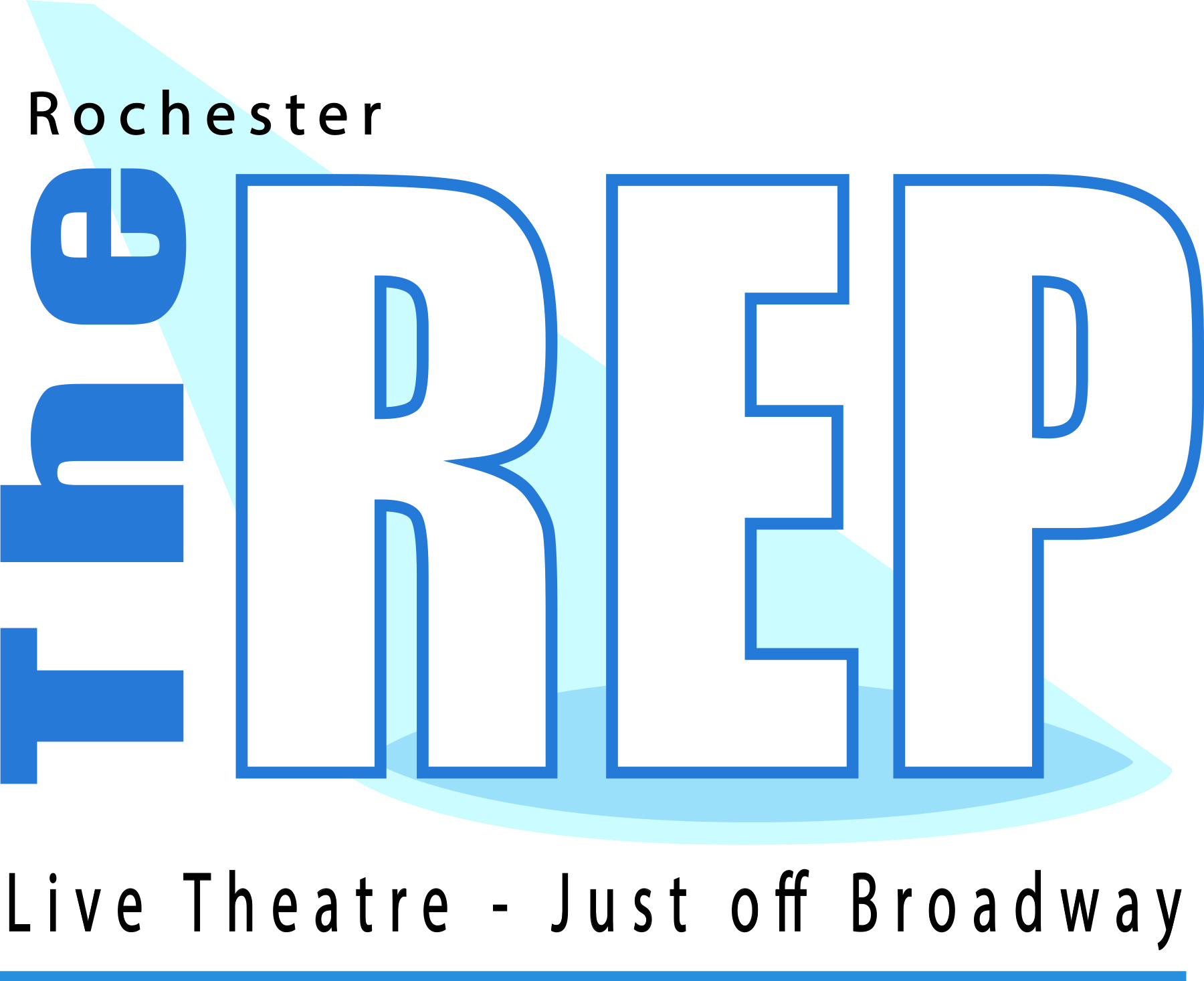
When we first see Mark Rothko, played by Larry Sinak, in silhouette staring at one of his paintings at the beginning of the show, the audience can only guess how the impressionist artist is regarding his work.
Sinak plays the temperamental artist in Rochester Repertory Theatre’s production of “Red,” which opened Thursday to a standing ovation at the theater’s black box. Through Rothko’s assistant, Ken, played by Lucas Simonson, we learn Rothko’s proclaimed assessments of his work are layered and not as unflinchingly honest as he’d like Ken and himself to believe. Brief moments of hesitation give the onstage relationship between the two enough air so as not to suffocate the audience with Rothko’s overbearing attitude.
Sinak almost appears to pull his acting punches. He approaches scorn for his younger foil (and the new generation of artists Ken represents), but never embraces a convincing outright dismissal or disdain. Sinak gets louder, yes, but he doesn’t portray a convincing antipathy toward his assistant. Maybe Sinak softens to make Rothko appear more sympathetic. Or, Sinak sees Rothko as, deep down, implicitly supporting the new pop artists he vocally scorns. (A theory that gets some weight when Rothko eventually dismisses Ken as an employee.)
Whatever the reason, Sinak isn’t pulling punches for Simonson’s sake. The younger performer holds his own opposite Sinak’s intensity. We watch Ken go from pushover to pushing back, though the transition isn’t as clear as it could be.
Early on, when Rothko hurls names of artists and philosophers he believes Ken should know, he doesn’t appear entirely cowed. He does a more effective job when he holds his own against Rothko after having read Nietzsche’s “Birth of Tragedy.” Ken offers his own take on Rothko’s Apollonian and Dionysian motivations, which lets Sinak play Rothko slightly more off balance.
While Simonson’s emboldened Ken is more convincing than the meek version, Sinak showing vulnerability and uncertainty elevates the second half of the show.
On the cusp of selling his murals to the newly opened Four Seasons restaurant (which he bitterly describes as “a temple of consumption”), we see his face as he gazes at his work. Sinak, staring at the imaginary fourth wall of his New York studio between the audience and the stage, shows vulnerability as Rothko contemplates doing that to his creations.
“Will they forgive him?” he wonders out loud.
It’s Simonson’s turn to be dismissive, as Ken says the works are only paintings. Their verbal sparring is fun to watch, but the choreography between Sinak and Simonson, priming a canvas in burgundy red, is as smooth as the fresh layer of paint they end up with.
Crew for the show have a massive mess to clean after each performance and hours of setup prior. The reproduction canvases, set against a cluttered and drab art studio, radiate in the Civic Theatre’s black box. Doug Sween, who designed the set, said crew members used “layer after layer” of paint to recreate Rothko’s murals. These efforts, combined with Sinak and Simonson’s excellent performances, make “Red” a work of art. Just don’t try to define what that means to Mark Rothko.
–John Molseed, Post-Bulletin, October 11, 2020
